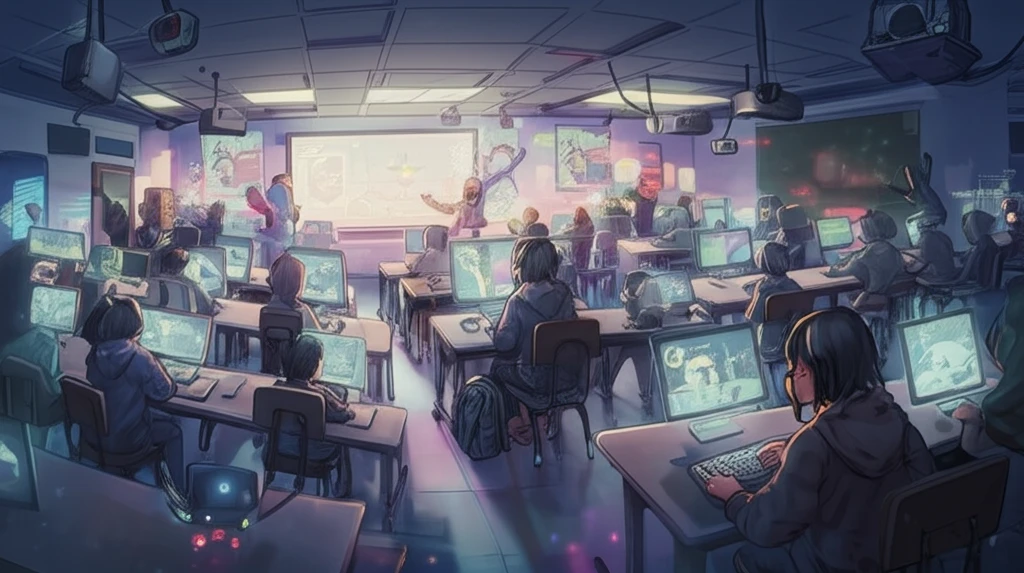
Unlock Motivation: How Gamification Transforms Learning for Students
"Discover the secrets to boosting student engagement through gamified education, turning screen time into valuable learning experiences."
In today's educational landscape, computer games are increasingly recognized as valuable tools for enhancing formal learning. Educators are beginning to tap into the potential of gaming to stimulate and support cognitive development. Games can offer perceptual, cognitive, behavioral, and motivational benefits. However, the key lies in conscious and thoughtful integration rather than simply introducing games for their own sake.
While games are frequently used for learning, it's crucial to differentiate their purpose from summative assessments. Gamification shines when it provides students with immediate feedback on their mastery of a subject, effectively serving as a formative assessment tool. The inherent motivational pull of games has the potential to significantly enhance the validity and effectiveness of these formative assessments.
To maximize the learning potential, it's essential to empower learners with an appropriate level of autonomy. A well-designed awarding system can be a linchpin, stimulating engagement through rewards. However, challenges arise when students are given complete freedom in their learning paths; they may gravitate towards games aligned with subjects they already excel in, potentially hindering growth in weaker areas.
The Success Factor in Assessment: Gamification in Action

A recent study investigated how to optimize the use of computer games in primary schools to improve student motivation and learning outcomes in core subjects like math, spelling, and geography. Researchers explored whether the promise of greater rewards could influence students' game choices and, subsequently, their performance.
- Award systems have no signficant impact on subject choices.
- No direct correlation found between practice time and overall learning outcomes.
- Games positively affects a students intrinsic motivation.
Transforming Classrooms with Gamification: Key Takeaways
In summary, the study highlights that students are already positively motivated for learning in general, and learning with games specifically. In using games for education, it’s vital for teachers to guide their students on how to use them. It must be clear to students why a computer game is used if the intention is to learn from the game. With that a teachers has to know (1) establishing where the learners are in their learning; (2) establishing where they are going; and (3) establishing what needs to be done to get them there
